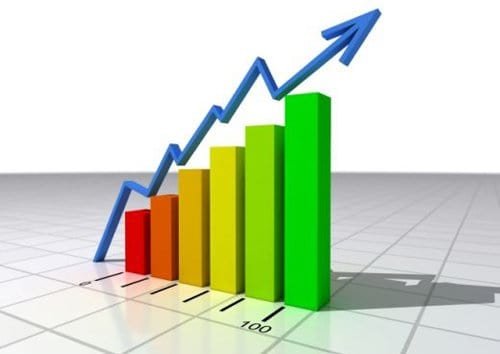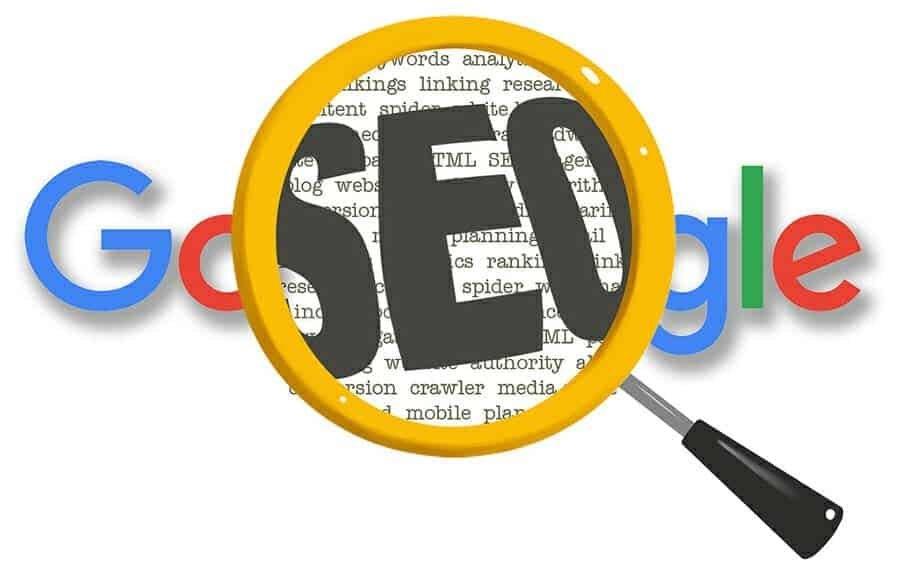Hey there man! Hold onto your hats because I’m about to dive deep into the world of off-page SEO. It’s not just about backlinks; it’s about crafting relationships, building authority, and making your website the go-to destination in your niche. In this post, we’ll reveal the strategies that will turn your site into a traffic magnet. And trust me, you won’t want to miss the last tip – it’s something McDonald’s did that’s pure genius!
Is Your Website Ready for Takeoff?
Before we turbocharge your off-page SEO, let’s have a quick reality check. Is your site still in its infancy? If it is, focus on things you can control first, like creating killer content. Backlinks aren’t your priority yet. Think of it like building a solid foundation before you add the penthouse. Once your website is established and you’ve got that foundational content, then it’s time to start building those powerful off-page links.
Crowdsource Resource Pages: The Secret Weapon
Ready to start? First up, we have crowdsource resource pages. Imagine creating content so valuable that people can’t help but share it. That’s the power of crowdsourcing. How does this work? You dive into your niche’s online communities such as forums, Facebook groups, or Reddit threads. Find out what questions they are asking and the struggles they are facing.
Let’s say you’re a fitness guru. You notice people struggling to stay motivated in the winter. Boom! That’s your “aha” moment. You create a survey, ask people how they stay active during cold months, compile the data, and put it together into an Ultimate Winter Fitness Guide, complete with visuals and a downloadable tracker. Then reach out to everyone who contributed, thank them, and ask them to share it. The result? Natural backlinks, increased authority, and amplified reach. It’s not about being an expert, it’s about being a resourceful community connector.

Broken Link Building: Turning Trash into Treasure
Here’s a strategy that’s been around for a while, and for good reason: it still works! Broken link building is like turning digital trash into gold. Here’s the lowdown. You find authoritative sites in your niche, then, using tools like the free Ahrefs broken link checker, you identify the broken links that those sites are linking to. Analyze what those broken links were about. If they fit your site, create a better resource to replace the broken one. Then reach out to the authoritative site and ask them to link to your shiny new resource.
For example, if you want backlinks from WP Rocket, use the broken link checker tool and find pages they link to that don’t exist anymore. Use the Wayback Machine to see what the content looked like. Then create a superior article on that topic and ask WP Rocket to link to yours instead of the broken one. You can also check out external sites linking to WP Rocket. If those pages on WP Rocket are broken, you can analyze those broken links and reach out to external sites if it makes sense to your site. This is digital recycling at its finest.
Micro-Influencer Magic: Unleashing the Power of Small but Mighty Voices
Forget celebrity endorsements; micro-influencers are where it’s at. These individuals, with followers between 10,000 and 100,000, are laser-focused on a specific niche. Think Shana Mayerson, with her 24,000 Instagram followers and 50,000 YouTube subscribers. She’s done collaborations with yoga brands such as Yogi Surprise and Manduka. When these micro-influencers recommend products, their followers take notice, and that includes other people with websites and social media accounts.
Micro-influencer content isn’t just about unboxing videos; it’s about sponsored posts, tutorials, lifestyle integration, before-and-after transformations, and collaborations. If you are in business, you likely know the micro-influencers in your niche, so reach out to them.
Brand Collaboration: When Two Become One and Reach More
Partnering with complementary non-competing brands can expand your audience and create high-quality backlinks. It’s like combining the powers of two superheroes. For example, HubSpot partners with Wistia, a video hosting platform, to co-host webinars about video marketing and inbound strategies. The result? Both companies share promotional work and audiences. This results in high-quality backlinks from webinar registrations, event recaps and blog posts. Look for those complementary brands and start collaborating.
AI-Powered Social Media: Let Robots Do the Heavy Lifting
Creating great content is hard enough without having to spend hours crafting the perfect social media post. Now, with AI tools, you can speed up your social media outreach. If you’re a Rank Math user, you have access to a wide range of AI tools. With free credits, you can let AI tools draft Facebook posts, tweets, Instagram posts, and email outreach.
Let’s say you wrote an article about SEO for brand awareness and need a Facebook post. Use the Facebook Post AI tool, add your topic brief, select your audience, choose your writing tone and content length. The AI will generate multiple outputs for you. This is about streamlining your outreach without sacrificing quality.

Local SEO: Taking it Offline
Here are two off-page SEO tips to boost your local SEO.
Localized PR: Partnering with the Press
Localized PR involves partnering with regional publications and journalists, such as local newspapers, blogs or online news outlets that cover your niche. Platforms like Muck Rack can help you find opportunities. For example, if you’re a fitness business in Singapore, you can search for journalists who cover fitness in Singapore. Once you find a journalist, you can connect with them (through Muck Rack’s premium account) and build a relationship.
Geospecific Social Platforms: Connecting Locally
Utilize geospecific social platforms, like Meetup or regional forums to connect with people with similar interests. Participate in discussions relevant to your niche within these local communities. Share your knowledge, go to events, and answer questions. Local SEO is about showing up in your community.
Social Proof and UGC: Let Your Customers Be Your Biggest Fans
Social proof, like customer reviews and testimonials, and user-generated content (UGC) like photos and videos that showcase your product, are invaluable assets for off-page SEO. Create a dedicated page on your website with customer success stories. These pages are not only trust-builders, they’re linkable assets. For example, Rank Math has a page with customer testimonials that have over 2000 backlinks. Encourage customers to share videos of their experiences, and share them on your social channels. This improves off-page SEO and enhances your brand’s reputation.
Offline Strategies: Going Old School, Still Effective
Don’t forget the power of offline strategies for off-page SEO.
Community Sponsorship: Giving Back to Get Ahead
If your brand has the capacity, sponsor community events like festivals, charity runs, or seminars. For instance, Patagonia, sponsors environmental events, and receives backlinks from non-profits and news outlets that cover them. Community sponsorship is good for your brand and your backlinks.
Guerrilla Marketing: Get Creative and Make an Impact
Offline guerrilla marketing involves using creative and unexpected ways to grab attention, like stickers, public art, or pop-up shops. Encourage people to share content with branded hashtags. This will generate buzz and backlinks.

The McDonald’s Masterclass: Scream for Ice Cream
Remember that last tip I said you wouldn’t want to miss? Here it is: McDonald’s “Scream for Ice Cream” campaign in Singapore. It was an offline campaign that went viral, with people creating online content about it. If you have a dedicated page with the details of your campaign, it can naturally attract backlinks.
Conclusion
Off-page SEO isn’t just about backlinks; it’s about building a strong online presence and fostering genuine connections. Whether it’s about crowdsourcing, leveraging broken links, collaborating with micro-influencers and complementary brands, using AI for social media, or connecting in your local community or even exploring offline strategies like community sponsorship and guerrilla marketing, each of these tactics will improve your search traffic. Combine these strategies and your website will not just appear in search results, it’ll dominate them.
FAQs
How Long Does it Take to See Results from Off-Page SEO? Off-page SEO is a marathon, not a sprint. It takes time to build relationships, earn quality backlinks, and see tangible improvements in your website’s search rankings. While some strategies can yield quicker results, consistency and patience are key. In the early stages of a website, you should focus on content creation. Once a website is established, off-page SEO can be prioritized.
What Makes a “Good” Backlink? A good backlink comes from a reputable, authoritative website within your niche or industry. The link should be relevant to your content and should be “do-follow,” meaning that search engines will follow the link to your site. Links from genuine websites are much more valuable than those obtained through link farms or spammy practices. The number of backlinks your site gets is less important than the quality of your backlinks.
Is Off-Page SEO More Important Than On-Page SEO? Both off-page and on-page SEO are essential for a successful SEO strategy. On-page SEO is about optimizing the elements of your site that you control: content, keywords, structure. Off-page SEO is about building your site’s authority and reputation on the web. Neither is more important; they work in tandem to create the best results. However, if you have a new website, you should focus on your content first before you worry about backlinks.

